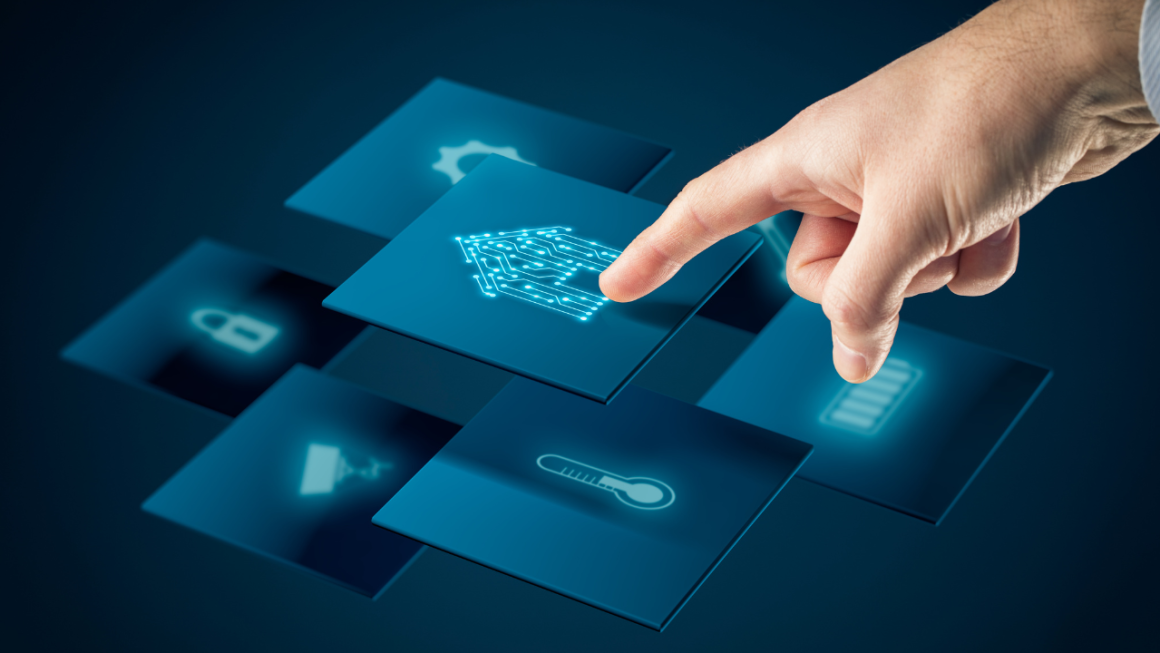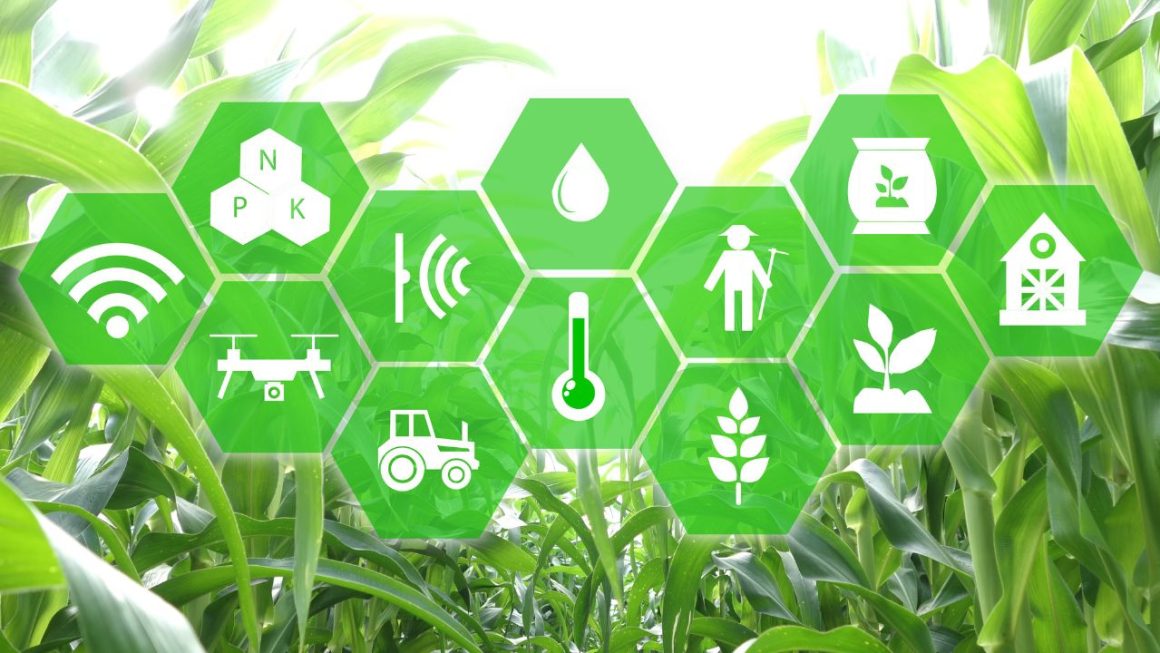In today’s digitally-driven world, the proliferation of connected devices has revolutionized the way we interact with technology. From smart homes to industrial automation, the Internet of Things (IoT) has permeated various aspects of our lives, offering convenience, efficiency, and endless possibilities. With the advent of 5G technology, the landscape of IoT is undergoing a profound transformation, ushering in a new era of connectivity and innovation..
Introduction to 5G and IoT
Before delving into the impact of 5G on IoT adoption, it’s essential to understand the fundamentals of both technologies. IoT refers to a network of interconnected devices
embedded with sensors, software, and other technologies, enabling them to collect and exchange data seamlessly. These devices range from everyday objects like smartphones and wearables to sophisticated industrial machinery and infrastructure.
5G, on the other hand, represents the fifth generation of mobile network technology, promising unparalleled speed, capacity, and reliability. Unlike its predecessors, 5G boasts significantly higher data transfer rates and lower latency, making it ideal for supporting a vast array of IoT applications, from autonomous vehicles to remote healthcare monitoring.
Understanding the Interplay Between 5G and IoT
The Evolution of IoT
IoT has evolved rapidly over the years, transitioning from simple connected devices to complex ecosystems capable of delivering real-time insights and driving actionable outcomes. Initially confined to consumer electronics and home automation, IoT has expanded its reach across industries, revolutionizing sectors such as healthcare, manufacturing, agriculture, and transportation.
What is 5G?
5G represents a quantum leap in wireless technology, promising to revolutionize communication networks and unlock new opportunities for innovation. With its ultra-fast speeds and ultra-low latency, 5G has the potential to support a myriad of applications that were previously unfeasible with traditional cellular networks. From immersive augmented reality experiences to mission-critical industrial automation, 5G is poised to reshape the digital landscape.
Enhanced Connectivity with 5G
Faster Speeds and Lower Latency
One of the most significant advantages of 5G technology is its unparalleled speed and responsiveness. With data transfer rates exceeding gigabit speeds and latency reduced to milliseconds, 5G enables near-instantaneous communication between devices, paving the way for real-time applications and services.
Massive IoT Connectivity
Another key feature of 5G is its ability to support massive IoT deployments on a scale never seen before. Traditional cellular networks were limited in their capacity to handle large numbers of connected devices simultaneously. However, 5G’s advanced architecture and spectrum efficiency enable it to accommodate billions of IoT devices, ranging from sensors and actuators to drones and smart appliances.
Impact of 5G on IoT Adoption
Accelerated Growth of IoT Devices
The advent of 5G is expected to catalyze the proliferation of IoT devices across various sectors, driving unprecedented growth and adoption. With its enhanced connectivity and performance capabilities, 5G enables IoT deployments in environments where previous technologies were inadequate or impractical. From smart cities and industrial automation to healthcare and agriculture, 5G-powered IoT solutions are poised to revolutionize countless industries.
Unlocking New Use Cases
Furthermore, 5G opens the door to a plethora of new use cases and applications that were previously unattainable with conventional connectivity technologies. For instance, the low latency and high bandwidth of 5G enable real-time control and monitoring of critical systems, such as autonomous vehicles and robotic surgeries. Additionally, 5G’s reliability and resilience make it ideal for mission-critical applications in industries like energy, logistics, and public safety.
Challenges and Opportunities
Security Concerns
Despite its transformative potential, the integration of 5G and IoT also presents significant challenges, particularly in terms of security and privacy. As the number of connected devices continues to proliferate, so too does the attack surface for cybercriminals. Securing IoT ecosystems against potential threats requires robust encryption, authentication, and access control mechanisms to safeguard sensitive data and prevent unauthorized access.
Infrastructure Requirements
Another challenge facing the adoption of 5G and IoT is the need for robust infrastructure to support their deployment and operation. Building out the necessary network infrastructure, including small cells, base stations, and backhaul connectivity, requires substantial investment and coordination among stakeholders. Moreover, ensuring seamless interoperability and compatibility between disparate IoT devices and platforms remains a formidable challenge for industry stakeholders.
Regulatory Considerations
Additionally, the widespread deployment of 5G and IoT technologies raises various regulatory and policy considerations, ranging from spectrum allocation and licensing to data privacy and security standards. Governments and regulatory bodies play a crucial role in shaping the regulatory framework governing the deployment and operation of 5G and IoT networks, ensuring that they adhere to established norms and guidelines.
Industries Transformed by 5G and IoT Integration
Healthcare
In the healthcare sector, the integration of 5G and IoT promises to revolutionize patient care delivery, enabling remote monitoring, telemedicine, and personalized treatment options. From wearable health trackers to connected medical devices and smart hospitals, 5G-powered IoT solutions have the potential to improve patient outcomes, reduce healthcare costs, and enhance overall quality of care.
Manufacturing
In the manufacturing industry, 5G and IoT technologies are driving the transition towards smart factories and Industry 4.0 initiatives. By connecting machines, sensors, and production systems in real-time, manufacturers can optimize operations, increase efficiency, and reduce downtime. From predictive maintenance and asset tracking to supply chain optimization and quality control, 5G-enabled IoT solutions are revolutionizing the way goods are produced and delivered.
Smart Cities
In urban environments, 5G and IoT are paving the way for smarter, more sustainable cities. From intelligent transportation systems and smart grid management to environmental monitoring and public safety, 5G-powered IoT solutions are addressing some of the most pressing challenges facing modern cities. By harnessing the power of
data and connectivity, smart cities can improve resource allocation, enhance citizen engagement, and create more livable and resilient communities.
Future Outlook
Looking ahead, the convergence of 5G and IoT is expected to fuel further innovation and transformation across industries, unlocking new opportunities for economic growth and societal advancement. As the technology continues to mature and evolve, we can expect to see increasingly sophisticated IoT deployments leveraging the speed, reliability, and scalability of 5G networks. From autonomous vehicles and smart infrastructure to personalized healthcare and immersive experiences, the possibilities are truly endless.
Conclusion
In conclusion, the impact of 5G on IoT adoption is profound and far-reaching, revolutionizing the way we connect, communicate, and collaborate in an increasingly digital world. With its unparalleled speed, capacity, and reliability, 5G is unlocking new opportunities for innovation and transformation across industries, from healthcare and manufacturing to smart cities and beyond. While challenges remain, the potential benefits of 5G-powered IoT solutions far outweigh the risks, paving the way for a more connected, intelligent, and sustainable future.
FAQs
1. How does 5G improve IoT adoption?
5G enhances IoT adoption by providing faster speeds, lower latency, and massive connectivity, enabling a wide range of new use cases and applications.
2. What are the main challenges of integrating 5G and IoT?
Key challenges include security concerns, infrastructure requirements, and regulatory considerations, which must be addressed to realize the full potential of 5G and IoT integration.
3. Which industries benefit the most from 5G and IoT integration?
Industries such as healthcare, manufacturing, and smart cities stand to benefit significantly from the integration of 5G and IoT, enabling improved efficiency, productivity, and innovation.
4. How does 5G address the limitations of previous connectivity technologies?
5G offers faster speeds, lower latency, and greater capacity compared to previous cellular technologies, enabling more robust and reliable connectivity for IoT applications.
5. What are some emerging trends in the 5G and IoT landscape?
Emerging trends include edge computing, AI-driven analytics, and the proliferation of connected devices in consumer and industrial settings, driving further innovation and adoption in the 5G and IoT ecosystem.


